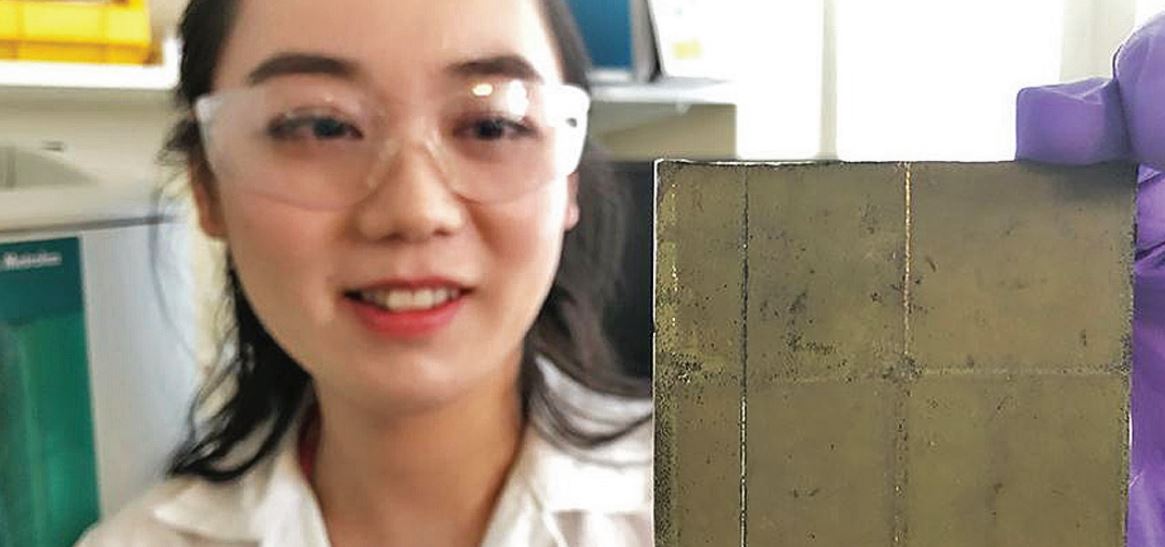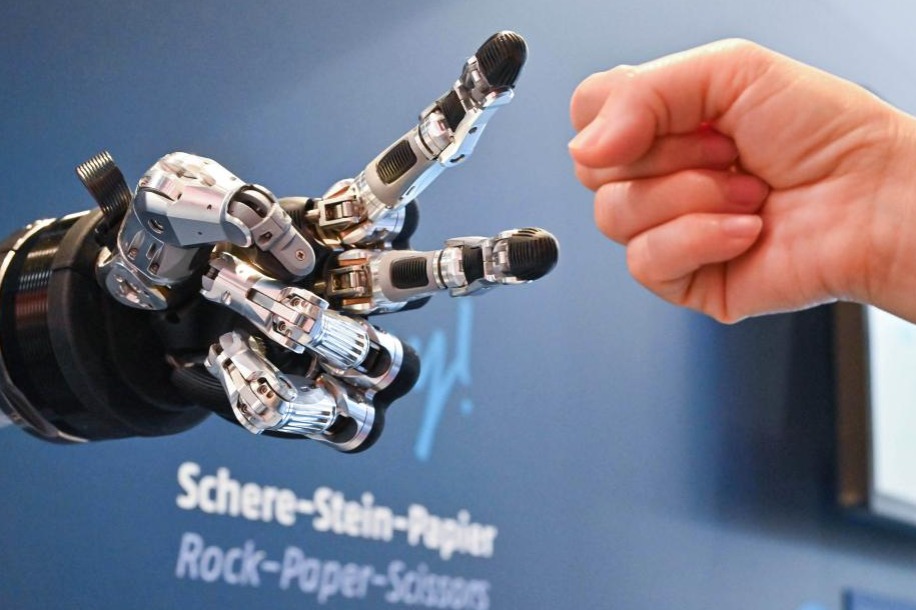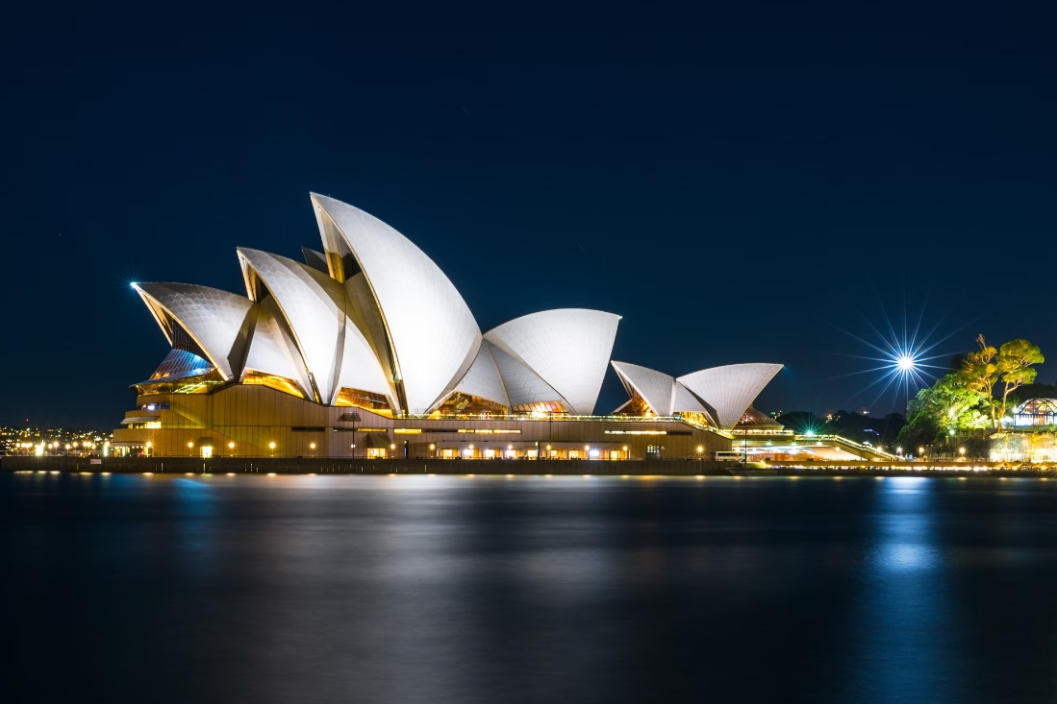Scientists engineer artificial photosynthesis


Researchers in UK create device able to convert sunlight and CO2 into fuel
A Chinese researcher in the United Kingdom has helped create a device that can turn sunlight and carbon dioxide into water and energy, much like plants do during photosynthesis.
The device, which uses light as its only energy source, prompts a reaction that produces formic acid, a storable fuel that can be used directly or converted into clean-burning hydrogen.
Cambridge University fellow Wang Qian, who comes from Jiangxi province, collaborated with artificial photosynthesis expert Erwin Reisner on the research, which was published this week in the journal Nature.
"I've been working in artificial photosynthesis for a long time, it's very hard to complete the reaction, so I'm certainly very happy that I got a good result," Wang told China Daily. "I have confidence that it can be used in the future."
Scientists have explored methods to mimic photosynthesis for more than a century, and there have been some notable breakthroughs in the last 20 years, as technology improved and the worsening impact of fossil fuels on the environment spurred new urgency. The Reisner lab made headlines two years ago with its "artificial leaf" design that produces synthetic gas, or syngas.
Wang, who arrived at Cambridge via Tianjin and Tokyo universities, said what makes the lab's recent work noteworthy is that: the reaction creates very few unwanted byproducts; the device appears to be scalable; formic acid is easier to store than gas; and the device does not use components from solar cells, unlike the artificial leaf design.
"And we don't need to use other energy sources like electricity to drive the reaction," Wang said. "The product selectivity of formic acid is almost 100 percent, which is very high. It's been difficult to achieve artificial photosynthesis with a high degree of selectivity, so that you're converting as much of the sunlight as possible into the fuel you want, rather than be left with a lot of waste. Our device also shows scalable potential, we think that it can be used in large areas in the future."
The device consists of a panel which has special perovskite light absorbers that soak up sunlight and create electric currents. These currents break up carbon dioxide and water through chemical processes known as reduction and oxidation, and the constituent atoms from those molecules then reform to produce formic acid and oxygen.
A significant advantage of the new device is the type of fuel it produces. Both syngas and hydrogen are gases and are tricky and even hazardous to store and transport. Formic acid on the other hand is much easier to deal with as it is liquid at room temperature.
And formic acid fuel cell technology already exists. In 2018, researchers at Switzerland-based energy company GRT Group and the Swiss Federal Institute of Technology Lausanne developed a machine capable of converting formic acid into carbon dioxide, water, and hydrogen. Hydrogen is burned in the fuel cell to produce energy, while the carbon dioxide is captured, preventing it from being released into the atmosphere.
Wang said that while this new approach to artificial photosynthesis is promising, commercialization of the technology is still some way off.
"Currently we convert carbon dioxide into formic acid with an efficiency of about 0.1 percent, which is close to the efficiency of natural photosynthesis in typical plants," she said. "But compared to the chemicals produced by fossil fuels in current industries, it's not very high."
Wang believes that a system would need to reach between 5 and 10 percent efficiency in order to prove practical.
"There's still a long way to go, but it's quite possible," Wang said.


































